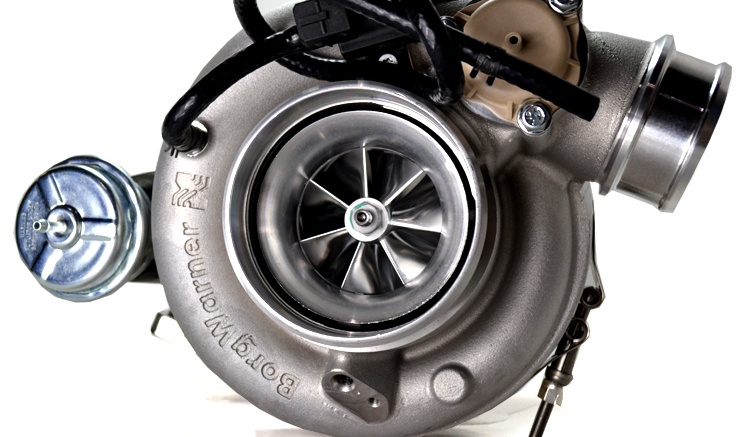
15 Apr How does a Turbo work
What exactly is a turbocharger
In all respects essentially, a turbocharger is a sort of vacuum apparatus taking air at encompassing weights (climatic weight), packing to a higher weight and passing the compacted air into the motor through the bay valves.
Right now, turbos are utilized for the most part on diesel motors, however there is presently a move towards the turbo charging of generation oil motors.
As all motors are reliant on air and fuel we realize that expansion in both of these components inside set points of confinement will build control from the motor yet on the off chance that we increment the fuel we should be fit for consuming off every last bit of it.
So as to meet our prerequisites for power, this requires air; putting in more air displays unquestionably a greater number of issues than putting in more fuel. Air is around every one of us the time and is feeling the squeeze, (adrift dimension this weight is around 15 p.s.i.) It is this weight powers air into the chambers.
To build the wind stream, a vacuum apparatus (turbocharger) is fitted and compacted air is blown into the motor.
This air blends with the infused fuel enabling the fuel to consume all the more productively so expanding the power yield of the motor.
One opposite side of turbocharging, which might be of intrigue, is a motor which works routinely at high heights, where the air is less thick and where turbocharging will reestablish a large portion of the lost power brought about by the drop in pneumatic force. A motor’s capacity at 8,000 feet is just 75% of its capacity adrift dimension.
How does a turbocharger work
The waste fumes gases of the motor are used to drive a turbine wheel, which is associated with a blower wheel by a pole. The blower or air wheel sucks in air through the air channels and passes this into the motor.
As the waste gases are removed from the motor, they are coordinated to the turbine or hot wheel of the turbo thus finishes the cycle.

Sorry, the comment form is closed at this time.